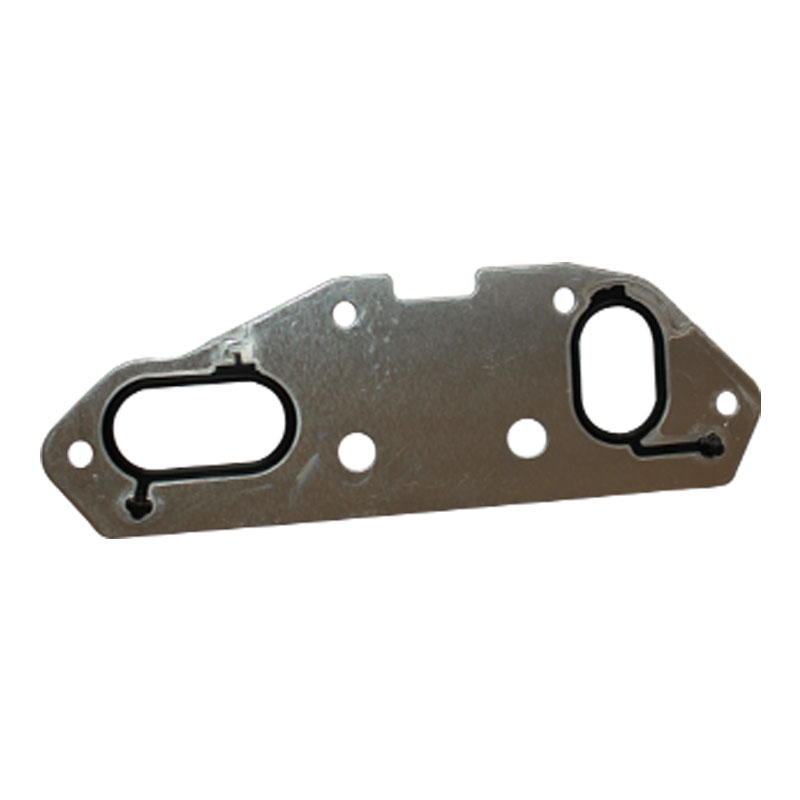Leading Manufacturers of Automotive Oil Seals for Enhanced Vehicle Performance
Understanding Automotive Oil Seal Manufacturers A Comprehensive Guide
Automotive oil seals play a crucial role in the functioning of vehicles, acting as barriers to prevent leakage of oil and fluids and to keep contaminants out of critical components. This is where automotive oil seal manufacturers come into the picture, supplying the essential parts that ensure the reliability and efficiency of automotive systems. This article explores the importance of automotive oil seal manufacturers, the types of oil seals they produce, and the factors influencing their production processes.
The Role of Automotive Oil Seals
Oil seals are designed to maintain the integrity of lubrication systems within engines, transmissions, and differentials. They are critical to the performance and longevity of vehicles, preventing oil from leaking out and dirt or other contaminants from entering sensitive areas of the engine. The importance of oil seals cannot be overstated, as their failure can lead to significant engine damage and costly repairs.
Types of Automotive Oil Seals
Automotive oil seal manufacturers produce a variety of seals, each designed for specific applications
1. Crankshaft Seals These seals are located at the front and rear of the crankshaft and prevent oil from leaking out of the engine.
2. Camshaft Seals Situated at the ends of the camshaft, these seals prevent oil loss and protect the timing components of the engine.
3. Transmission Seals These seals are essential in maintaining fluid levels in automatic and manual transmissions, ensuring smooth gear operation.
4. Differential Seals Used to keep lubricant in the differential housing, they help prevent wear on gears and bearings.
Manufacturing Process
The manufacturing process of automotive oil seals involves several stages, including material selection, molding, curing, and quality control
automotive oil seal manufacturers

1. Material Selection Oil seals are typically made from rubber materials such as neoprene, nitrile, and fluorocarbon. The choice of material depends on factors like temperature resistance, chemical compatibility, and mechanical properties.
2. Molding The selected materials are then molded into the desired shape. This can be done through various techniques, including compression molding and injection molding, depending on the design and volume of production.
3. Curing After molding, the seals undergo a curing process, where they are heated to solidify the material and enhance durability. This process also helps to improve the material’s resistance to wear and environmental factors.
4. Quality Control Manufacturers employ rigorous quality control measures to ensure that every seal meets industry standards. This includes testing for dimensions, elasticity, and resistance to oil and temperature.
Factors Influencing Oil Seal Production
Several factors influence the production of automotive oil seals
1. Technological Advancements As technology evolves, manufacturers are adopting advanced machinery and methods to enhance production efficiency and product quality.
2. Industry Standards Compliance with global automotive standards, including ISO and SAE, is crucial for manufacturers to ensure their products are safe and reliable.
3. Market Demand The demand for oil seals is closely linked to the automotive industry’s performance. The rise of electric vehicles (EVs) and hybrid technologies is also influencing the types of seals that manufacturers produce.
4. Sustainability With a growing emphasis on sustainability, manufacturers are exploring eco-friendly materials and processes to minimize their environmental impact.
Conclusion
Automotive oil seal manufacturers are essential to the automotive industry, producing critical components that ensure vehicle reliability and performance. Understanding the types of seals, their manufacturing processes, and the factors influencing production can provide valuable insights into this vital sector. As technology continues to advance and the automotive landscape evolves, these manufacturers will play a pivotal role in meeting the changing needs of consumers and the industry at large.
-
Understanding the Front Main Engine Seal: Purpose, Maintenance, and Installation
News Jul.29,2025
-
Understanding O-Rings and Seal Rings: Types, Applications, and Custom Solutions
News Jul.29,2025
-
Understanding Crankshaft Oil Seals: Rear Seals, Pulley Seals, and Their Role in Engine Integrity
News Jul.29,2025
-
The Importance of Front and Rear Crankshaft Seals in Engine Performance and Oil Management
News Jul.29,2025
-
Crank Oil Seals: Functions, Types, and Cost Considerations in Engine Maintenance
News Jul.29,2025
-
A Comprehensive Guide to O-Rings and Seals: Types, Materials, and Global Applications
News Jul.29,2025
-
Mastering Diesel and Performance Engine Maintenance: A Guide to Critical Oil Gaskets
News Jul.28,2025
Products categories















